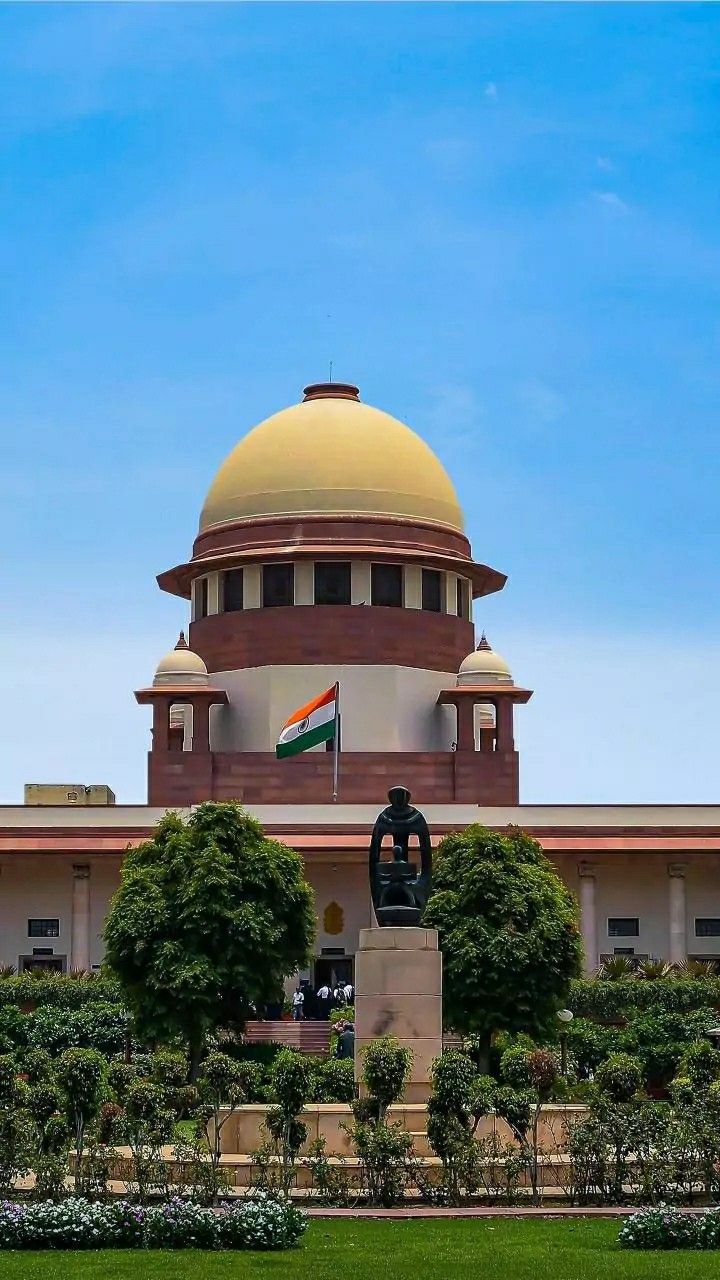10 Powerful Ways the Supreme Court of India Impacts Daily Life and Society
The Supreme Court of India is not just a judicial institution; it is a cornerstone of democracy, justice, and equality. Established on January 28, 1950, it has played a pivotal role in shaping the lives of over a billion Indians. From safeguarding fundamental rights to interpreting the Constitution, the Supreme Court’s influence is deeply woven into the fabric of Indian society. Let’s explore its history, significance, and how it impacts daily life, along with some fascinating facts and FAQs.
History of the Supreme Court of India
The Supreme Court of India was established under Article 124 of the Indian Constitution. It replaced the Federal Court of India, which operated during the British era. The court’s first sitting was held on January 28, 1950, in the Parliament House, and it later moved to its current location in Tilak Marg, New Delhi. Over the decades, the Supreme Court has evolved into a guardian of justice, ensuring the rule of law and protecting the rights of citizens.
Significance of the Supreme Court of India
The Supreme Court is the highest judicial authority in India. It has three primary roles:
- Guardian of the Constitution: It ensures that laws and policies align with the Constitution.
- Protector of Fundamental Rights: It safeguards citizens’ rights, such as freedom of speech, equality, and the right to life.
- Final Court of Appeal: It hears appeals from lower courts, ensuring justice is served.
The court’s decisions have far-reaching impacts, influencing not just legal frameworks but also societal norms and individual lives.
How the Supreme Court of India Impacts Daily Life
The Supreme Court’s rulings touch almost every aspect of daily life. Here are some key areas:
- Right to Privacy: In 2017, the court declared privacy a fundamental right, impacting how personal data is handled by governments and corporations.
- Environmental Protection: Landmark judgments, such as the ban on firecrackers and the protection of forests, have directly affected public health and the environment.
- Gender Equality: The court has upheld women’s rights, including the right to work, equal pay, and protection against harassment.
- Education and Employment: Decisions on reservations and affirmative action have shaped access to education and jobs for marginalized communities.
- Freedom of Expression: The court has defended free speech, ensuring citizens can voice their opinions without fear.
Important Facts About the Supreme Court of India
- The Supreme Court consists of the Chief Justice of India and 33 other judges.
- It has the power of judicial review, allowing it to strike down laws that violate the Constitution.
- The court’s motto is “Yato Dharmastato Jayah” (Where there is righteousness, there is victory).
- It has delivered over 50,000 judgments since its inception.
FAQs About the Supreme Court of India
- What is the role of the Chief Justice of India?
The Chief Justice is the head of the judiciary and oversees the administration of the Supreme Court. - How are Supreme Court judges appointed?
Judges are appointed by the President of India based on recommendations from the collegium system. - Can Supreme Court decisions be overturned?
Only the Supreme Court itself can overturn its decisions through a larger bench. - What is Public Interest Litigation (PIL)?
PIL allows citizens to approach the court for issues affecting the public, even if they are not directly involved.
Why the Supreme Court of India is Important to Society
The Supreme Court is a beacon of hope for justice and equality. It ensures that no one is above the law, not even the government. Its judgments have brought about social reforms, such as the decriminalization of homosexuality and the recognition of transgender rights. By upholding the Constitution, the court strengthens democracy and empowers citizens.
Wishing for a Just Society: Supreme Court of India
The Supreme Court’s work reminds us of the importance of justice, fairness, and equality. On special occasions like Constitution Day (November 26), we celebrate its contributions and reaffirm our commitment to upholding the rule of law.
Observing the Supreme Court of India Legacy
The Supreme Court’s legacy is not just in its judgments but in the trust it has built with the people. Observing its history and significance helps us appreciate the role of justice in a thriving democracy.
Conclusion: Supreme Court of India
The Supreme Court of India is more than a legal institution; it is a symbol of justice and equality. Its impact on daily life and society is profound, shaping the nation’s present and future. By understanding its history, significance, and role, we can better appreciate the importance of upholding justice in our lives.










